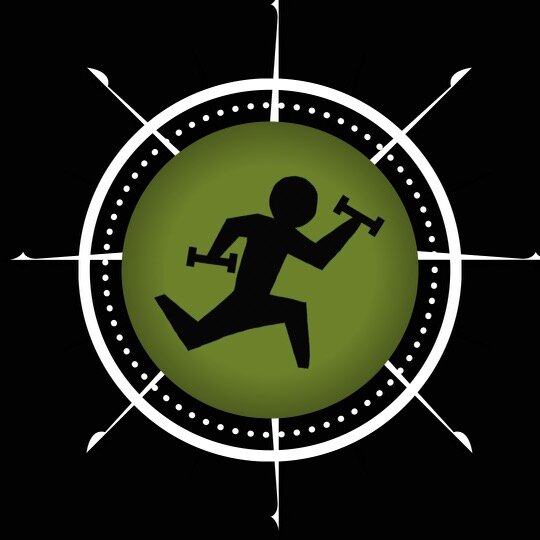Why Your Shoes Are the Tires of Your Body: Prevent Pain from the Ground Up
Your Shoes Are the Tires of Your Body
Think of your shoes as the tires of your body. Just like tires keep your car moving safely and smoothly, your shoes support every step you take. When tires wear down, performance declines, and damage starts to build elsewhere in the vehicle. The same holds true for your body. Worn-out or unsupportive shoes cause breakdowns that travel up the kinetic chain—starting at your feet and leading to ankle, knee, hip, and lower back pain.
At Traveling Trainer, we see this often in both corporate and private clients around the Greater Boston area. Pain doesn’t always begin at the site of discomfort. More often than not, it starts with improper footwear that silently changes posture, gait, and muscular balance over time.
The Footwear Mistakes Holding You Back
For Women: Flats and Heels
Flats may seem comfortable, but their lack of cushioning can cause the arch of the foot to absorb every bit of impact throughout the day. Over time, this leads to fatigue, pain, and even plantar fasciitis.
High heels, on the other hand, limit the ankle’s range of motion and shift body weight unnaturally forward. This forces the knees, hips, and lower back to compensate, often leading to chronic pain and stiffness.
For Men: Dress Shoes and Work Boots
Men often suffer similar issues, just in different packaging. The classic dress shoe offers style but nearly no shock absorption. Spending long hours in rigid shoes can flatten the arch, tighten the calves, and disrupt alignment up the chain.
Work boots present a different challenge. While sturdy, they’re often worn long past their expiration point. The cushioning and support inside these boots deteriorate over time, creating instability that leads to pain in the feet, knees, and hips.
The Perfect Shoe Depends on You
There is no one-size-fits-all when it comes to footwear. Each person’s arch structure, gait pattern, and activity level determines what works best.
High arches typically need more cushioning and shock absorption, making a running shoe a better option.
Low arches (flat feet) usually benefit from stability or training shoes that provide structure and limit overpronation.
Getting a gait analysis or professional shoe fitting can go a long way toward preventing pain and improving performance. Think of it as getting your alignment checked for your body’s tires.
Replace Your Shoes Like You Replace Your Tires
Just as tires need replacement after a certain mileage, shoes have a limited lifespan. Most shoes last around 300–500 miles of walking or running, or roughly 6–12 months of daily wear.
Ignoring this can cause:
Plantar fasciitis
Achilles tendon irritation
Shin splints
Knee and hip pain
Chronic lower back discomfort
Replacing shoes on schedule and choosing styles that match your activity level is a small investment that pays massive dividends in comfort, performance, and long-term joint health.
Step Smarter with The Traveling Trainer
At Traveling Trainer, we help professionals and companies across the Boston area move better, feel better, and prevent pain before it starts. Our corporate wellness programs and personal training services integrate movement assessments that uncover issues like poor footwear alignment and movement dysfunctions that lead to chronic pain.
Whether your team spends their day on the job site or behind a desk, improving their foundation begins from the ground up. Foot health directly impacts productivity, posture, and energy levels—making it a crucial piece of your company’s wellness strategy.
Ready to take the first step? Schedule a consultation or book a free corporate wellness demo session with Traveling Trainer today.

